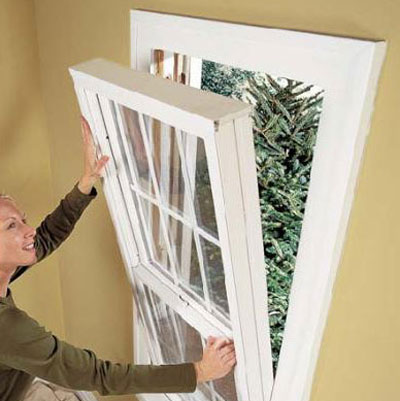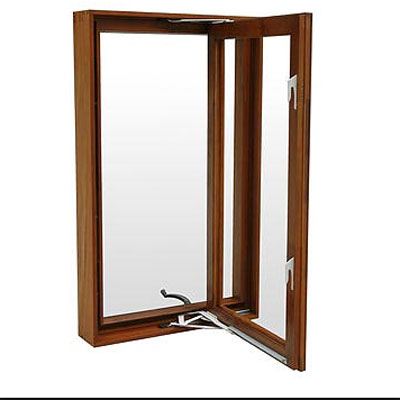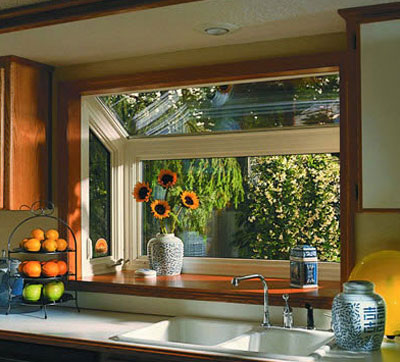Replacement windows are a fantastic option for many homeowners looking for a way to decrease their electric bill and increase the value of their home. You might also be tempted to assume that choosing replacement windows is one of the simplest projects out there- they’re just windows right? Wrong! There’s a lot that you need to know about replacement windows if you want to get the right high quality result out of your renovation.
Choosing your new windows should be about both the product physically and the product aesthetically. Besides energy efficiency one of the main reasons to get new windows is to improve the curb appeal of your home, another is functionality. Let’s consider just these two options as we talk about the many types of windows that are available to you.
Bow and Bay Windows

replacement windows – courtesy of sevacall.com
Bow and bay windows are well known windows that extend beyond the wall of the house with multiple sashes angled away from the house creating the depth often used as a bench seat. The difference between a bow and a bay window is that the bay window has only three sashes, but the bow window can have as many as six different units. These windows look great in any room especially since they function as a centerpiece for the room. These windows can be more difficult to clean especially if the units are picture windows that do not move for ventilation.
The Basement Hopper
Far less common in reputation is the basement hopper, a much more practical window unit. These are designed specifically to serve at or just below ground level. They are shorter than other windows and open from the top of the sash rather than opening from the bottom. By inclining inwards toward the room when open they make cleaning and ventilation easier. They are designed to seal tightly shut so that window wells that might flood will not leak into the room.
Casement Windows

A sample of casement windows – courtesy of agjoinery.com
Casement windows are windows that are opened by a crank. These windows will open outward vertically from the house and can be specifically beneficial when used in areas where the window is hard to reach for ventilation purposes. These windows are the easiest for general maintenance as they open a complete 90 degrees allowing for open access to the inside and outside of the window. They are also the most energy efficient windows many companies offer.
Awning Windows
An awning window functions exactly like a casement window with a crank to open it by. The biggest difference is that they open out from the house horizontally.
Double Hung Windows
Double hung windows are the most common replacement windows with two sashes that open by sliding vertically past each other. Not just one sash though, they can be opened from top or bottom with both sashes being movable. Designed for high efficiency many of these windows even have 3 panes for increased U-factor. These windows are often easily removed from the frame for cleaning.
Garden Windows

Garden Windows – courtesy of installamerica.net
You might want a garden window in the kitchen or study. These windows are designed specifically to enhance indoor plant growth. Often made up of 4 sashes, garden windows create a box that makes a fantastic indoor garden spot where plant life can enhance the atmosphere. The side windows are opened by crank and most are custom fit to replace any previous window.
Custom Windows
These windows are shaped for a unique purpose. Often used over doors or large windows or in attic space. These windows cannot open, but they can enhance a room’s appeal.
Conclusion
These are the most common window varieties available to you; they each serve a purpose and can be very useful providing many unique options that can enhance a home.